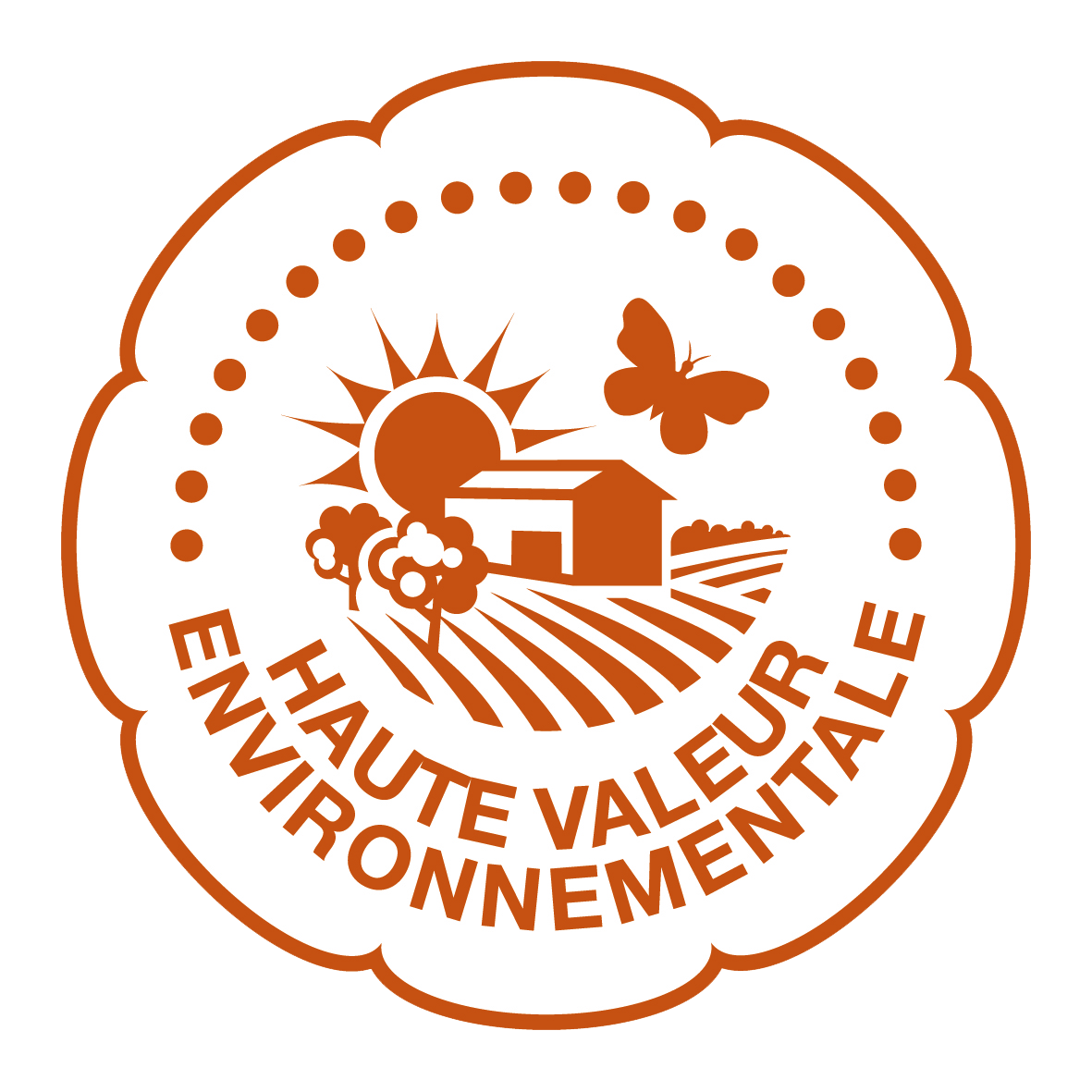Our vineyard
Saint-Émilion
Following the pace of the seasons, the work in the vineyard is critical for the wine! At Château Puy-Razac, we are indeed convinced that the year-long care given to the vines and grapes is crucial for producing a good wine. Interventions in the cellar will certainly enhance this quality, but will remain inefficient if this prerequisite is not respected. We approach the tending of our vineyard in Saint-Emilion with that in mind.
The right time for pruning the vine
It is in winter, with the pruning, that the journey of the grape begins. In recent years, climate change has disrupted the succession of seasons. Extreme weather is more and more recurring. We had to adapt. We therefore postponed pruning until the end of winter (late February) to avoid frost as much as possible, without waiting too long, at the risk of pruning just as the sap begins to rise.
On our vines, which have an average age of 25 years, this relatively late, single Guyot pruning also allows vegetation to restart more slowly. Taking your time: one of the key ingredients to produce a good grape!
After pruning, the remaining cane on each vine is then folded back onto the tether wire. It is on this cane that the future buds will develop from April. Some of these buds will be removed later to avoid overloading the vine: this is the de-budding work.
Modern viticultural practices that control the vegetation
The work then focuses on the quantity of leaves and grape clusters. Trimming and leaf removal ensure adequate ventilation and sun exposure for the berries. There is a two-fold objective: to improve the sanitary condition and to promote the ripening of the future harvest.
On the fruit side, if the year is expected to be abundant, we proceed with a green harvest, during which we remove some of the grape clusters. The yield will be reduced and the flavors more concentrated.
A respected and enriched wine-growing terroir
Respect for the terroir and protection of the environment are part of the history of Château Puy-Razac. A vision validated by the HVE certification (High Environmental Quality), obtained since 2019. Our viticulture is sustainable. Treatments are reduced to the bare minimum and 96% of them are carried out with certified organic products.
Systematically favoring alternative techniques to the use of chemicals, we control numerous environmental parameters, such as biodiversity and the regulated use of phytosanitary products. We use non CMR classified pesticides to protect our vines without resorting to so-called “carcinogenic, mutagenic and reprotoxic” products, and thus preserve our environment as a whole.

The harvest, final step in the vineyard at Puy-Razac
An essential stage in the vine cycle, the harvest is one of the highlights of the year. The date is determined by scientific analysis and regular tasting of the berries. Grape clusters are carefully picked, plot by plot, to preserve their quality.
This viticultural achievement gives the green light to the winemaker’s work in the cellar: now it’s time to make wine!
